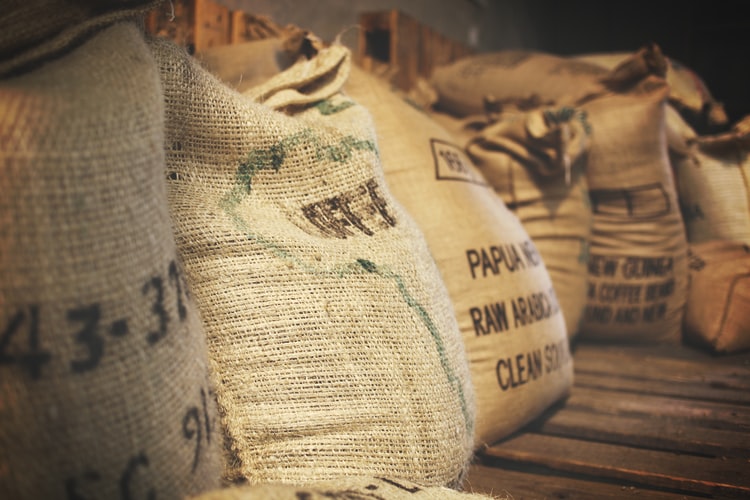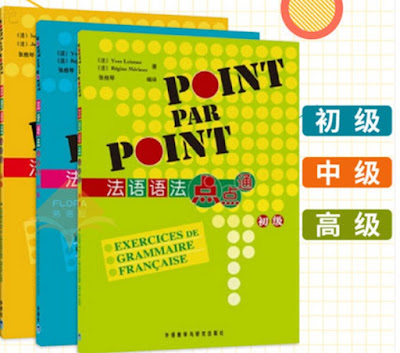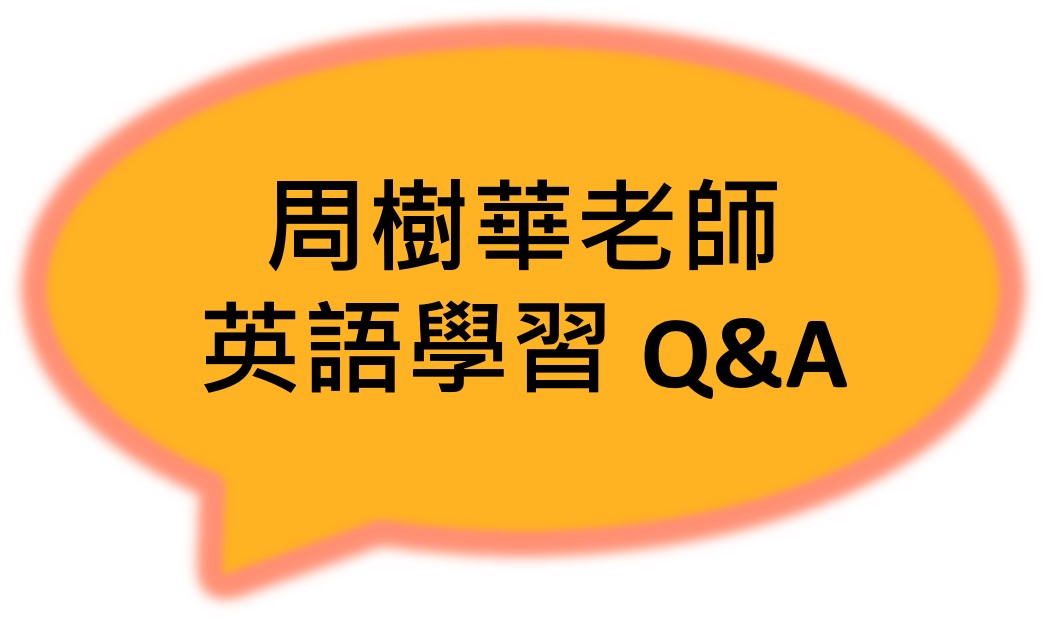Plastic from Burlap? Bangladesh Invents a Green Throw-away Bag
VOA News|Economy & Business
July 23, 2019 04:35 PM Reuters (source)
Plastic from Burlap? Bangladesh Invents a Green Throw-away Bag
粗麻布製成塑膠袋?孟加拉發明拋棄式環保袋
July 23, 2019 04:35 PM
Reuters
DHAKA, BANGLADESH —
As countries around the world try to cut down on throw-away plastic shopping bags, Bangladesh is hoping to cash in on an alternative: plastic-like bags made from jute, the plant fiber used to produce burlap bags.
Bangladesh is the world's second biggest producer of jute after India, though the so-called "golden fiber" — named for its color and its once-high price — has lost its sheen as demand has fallen.
Now, however, a Bangladeshi scientist has found a way to turn the fiber into low-cost biodegradable cellulose sheets that can be made into greener throw-away bags that look and feel much like plastic ones.
"The physical properties are quite similar," said Mubarak Ahmad Khan, a scientific adviser to the state-run Bangladesh Jute Mills Corporation (BJMC) and leader of the team that developed the new 'sonali' — the Bengali word for golden — bags. He said the sacks are biodegradable after three months buried in soil, and can also be recycled.
Bangladesh is now producing 2,000 of the bags a day on an experimental basis, but plans to scale up commercial production after signing an agreement last October with the British arm of a Japanese green packaging firm.
Bangladesh Prime Minister Sheikh Hasina in March urged those working on the project "to help expedite the wider usage of the golden" bags for both economic and environmental gains.
In April, the government approved about $900,000 in funding from Bangladesh's own climate change trust fund to help pave the way for large-scale production of the bags.
"Once the project is in full swing, we hope to be able to produce the sonali bag commercially within six months," Mamnur Rashid, the general manager of the BJMC, told the Thomson Reuters Foundation.
Big demand
Bangladesh was one of the first countries to ban the use of plastic and polythene bags, in 2002, in an effort to stop them collecting in waterways and on land — though the ban has had little success.
Today more than 60 countries — from China to France — have outlawed the bags in at least some regions or cities, Khan said.
As the bans widen, more than 100 Bangladeshi and international firms are looking into using the new jute-based shopping sacks, Khan said.
"Every day I am receiving emails or phone calls from buyers from different countries," he said, including Britain, Australia, the United States, Canada, Mexico, Japan and France.
The bag is likely to have "huge demand around the world," said Sabuj Hossain, director of Dhaka-based export firm Eco Bangla Jute Limited.
He said his company hopes eventually to export 10 million of the bags each month.
Commercial production is expected to start near the end of the year, said Rashid of the BJMC.
Khan said that if all the jute produced in Bangladesh went to make the sacks, the country was still likely to be able to meet just a third of expected demand.
While Bangladesh's own plastic bag ban is now almost two decades old, million of the bags are still used each year in the South Asian country because of a lack of available alternatives and limited enforcement, officials said.
About 410 million polythene bags are used in the capital Dhaka each month, the government estimates, and in some waterways such as the Buriganga River a three-meter-deep layer of discarded bags has built up.
The new bags should help ease the problem, said Quazi Sarwar Imtiaz Hashmi, a former deputy director general of the Department of Environment.
"As jute polymer bags are totally biodegradable and decomposable, it will help check pollution," he said.
隨著世界各國試圖減少(cut down)拋棄式塑膠購物袋的用量,孟加拉(Bangladesh)希望能藉由開發替代方案獲利(cash in on . . .):以黃麻(jute)製成像塑膠般的(plastic-like)袋子。黃麻是一種用於生產粗麻布(burlap)袋的植物纖維(plant fiber)。
孟加拉是全球第二大黃麻生產國,產量僅次於印度(India)。儘管黃麻因本身的顏色與以往的高價位而號稱(so-called)「黃金纖維(golden fiber)」,卻隨著需求的下降而風光不再。
如今,孟加拉科學家已找到方法,能將黃金纖維轉為成本低廉、可進行生物分解的(biodegradable,註 1)纖維素(cellulose)片。這些纖維素片可以製成比塑膠袋更環保的拋棄式袋子,且在視覺及觸覺上都與塑膠袋相似。
「兩者的物理性質(property)蠻相似的。」穆巴拉克.艾哈邁德.可汗(Mubarak Ahmad Khan)描述著。可汗是國營(state-run)企業「孟加拉黃麻廠公司(Bangladesh Jute Mills Corporation,BJMC)」的科學顧問,亦是發明新型「索納莉(sonali)」袋的研究團隊主持人。「索納莉」在孟加拉語中表示金色之意。可汗指出,這些袋子(sack)埋在土壤中經過 3 個月便能被生物分解,並且可以回收再利用(recycle)。
孟加拉在黃麻袋的生產上仍處於實驗階段,目前每日生產 2000 個袋子,並在去年(編按:2018 年)10 月與日本環保(green,註 3)包裝公司的英國分部(arm,註 2)簽訂協議,計劃提升(scale up)黃麻袋的商業化生產量(commercial production)。
孟加拉總理謝赫.哈西娜(Sheikh Hasina)為了使經濟與環境層面雙雙獲利(gain),在今年(編按:2019 年)3 月時就敦促(urge)從事該項計畫的人員要「加速(expedite,註 4)推廣黃金袋的使用」。
政府也在 4 月核准了該國自有的氣候變遷(climate change)信託基金(trust fund)一筆約 90 萬美元的資金,以便為日後黃麻袋的量產鋪路(pave the way for . . .)。
孟加拉黃麻廠公司總經理馬諾.拉希德(Mamnur Rashid)向湯森路透基金會(Thomson Reuters Foundation)表示:「一旦計畫步入軌道(in full swing),我們希望能在 6 個月內,開始商業量產索納莉袋。」。
需求龐大
孟加拉是最早禁用(ban,註 5)塑膠及聚乙烯(polythene;另一拼法 "polyethylene")袋的國家之一。該國為了阻止這類型的袋子積聚在水道和陸地上,早在 2002 年就發布禁令,儘管後來的成效不彰。
可汗表示,全球至今包括中國和法國在內,已有超過 60 個國家在其部分地區及城市禁止(outlaw,註 6)使用這些袋子。
他進一步解釋,隨著這項禁令逐步擴展,孟加拉及國際間已有超過 100 間公司正考慮使用以黃麻為原料的新型購物袋。
「我每天都會收到來自各國買主的電子郵件或電話。」他描繪著。這些國家包括英國、澳洲、美國、加拿大、墨西哥、日本和法國。
黃麻袋極有可能「在世界各地需求量大增。」沙布奇.海珊(Sabuj Hossain)表示。他是座落於達卡的(Dhaka-based)出口商「孟加拉黃麻環保有限公司(Eco Bangla Jute Limited)」的總監。
他說,公司期望最終能在每個月出口(export,註 7) 1000 萬個袋子。
孟加拉黃麻廠公司的拉希德提到,黃麻袋的商業化生產預計於年底開始進行。
可汗進一步說明,就算將孟加拉生產的黃麻全數用來製造袋子,產量也僅能達到預期需求的三分之一。
雖然自孟加拉頒布塑膠袋禁令至今已近 20 年之久,每年卻仍消耗掉數百萬個塑膠袋。官員表示,這是因為缺乏可用的替代品,加上未能有效執行(enforcement,註 8)禁令。
政府估計首都達卡(Dhaka)每月大約用掉 4 億 1000 萬個聚乙烯塑膠袋。在布里甘加河(Buriganga River)等水道裡,廢棄的(discarded)袋子已層層堆疊達 3 米之深(編按:一米即一公尺,等於 100 公分)。
夸奇.沙瓦爾.伊姆提亞茲.哈希米(Quazi Sarwar Imtiaz Hashmi)以前是環境部(Department of Environment)的副主任,他表示新型黃麻袋應該能緩解這項問題。
「因為黃麻聚合物(polymer)袋是可以完全透過生物分解及分化的(decomposable,註 9),應該有助於抑制(check,註 10)汙染。」哈希米解釋道。
Language Notes
註 1: biodegradable 由字首 "bio-"「生命的;生物的」和形容詞 "degradable"「可自然分解的」組成;注意重音在第 4 音節
註 2:arm 於本文指「職能部門;分支機構,分部」;本字也常指「臂,手臂;上肢」
註 3:green 於本文指「環境保護的」;本字也常指「綠色的」
註 4:expedite 建議不妨以字面原意「解開腳鐐("free the feet from fetters")而加速」幫助理解與記憶
註 5:ban 於本文為動詞;本字也可做為名詞使用
註 6:outlaw 於本文為動詞;本字也可做為名詞使用,包含「(舊時的)歹徒,罪犯」、「被放逐者」及「非法者」等意
註 7:export 於本文為動詞,注意重音在第 2 音節;本字也可做為名詞使用,重音則在第 1 音節
註 8:enforcement 由動詞 "enforce"「執行,實行;實施」與名詞字尾 "-ment" 組成;注意重音在第 2 音節
註 9:decomposable 由動詞 "decompose"「分解;(使)腐化、腐爛」與形容詞字尾 "-able"「能夠 . . . . . . 的;適於 . . . . . . 的」組成;注意重音在第 3 音節
註 10:check 於本文指「阻礙;抑制」;本字也常指「核查,核對;(在機場)托運(行李)」
BACK TO CONTENT
Check your comprehension!
Choose the BEST answer to each of the questions below. After you finish, highlight the parentheses to reveal the hidden answers.
1. ( D ) What are some features of the new jute-based bag?
(A) It looks and feels like plastic bag.
(B) It is biodegradable and recyclable.
(C) Its physical properties are similar to those of a plastic bag.
(D) All of the above.
2. ( B ) Which of the following statements about Bangladesh is NOT true?
(A) It banned the use of plastic bags nearly two decades ago.
(B) Its banning of the use of plastic bags was successful.
(C) It is looking to mass produce a greener, plastic-like bag.
(D) It hopes to combat pollution with a new jute-based bag.
3. ( D ) What type of discarded bags has built up in Buriganga River?
(A) Burlap.
(B) Jute.
(C) Plant fiber.
(D) Polythene.
編譯:外語教學暨資源中心 編輯小組
|

 Read more on VOA.
Read more on VOA.







